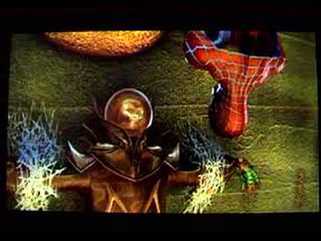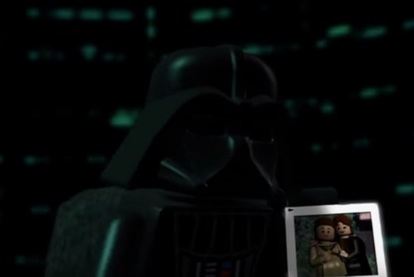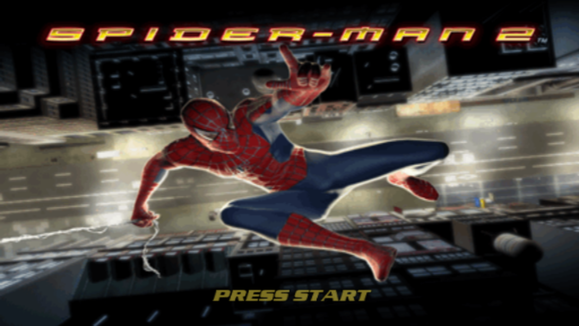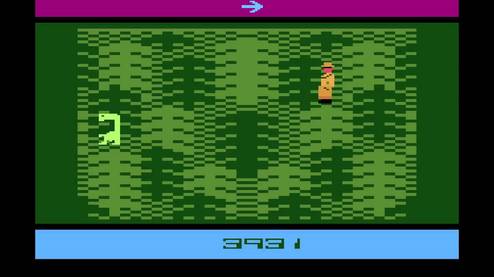 Though Mysterio didn't appear in Spider-Man 2 (Raimi 2004), he made a prominent appearance in the video game of the same name.
Though Mysterio didn't appear in Spider-Man 2 (Raimi 2004), he made a prominent appearance in the video game of the same name.  The Lego version of Darth Vader and Luke's epic battle in Cloud City.
The Lego version of Darth Vader and Luke's epic battle in Cloud City. Oxford, Nadia. "Ten Facts About The Great Video Game Crash of '83." IGN. 21 Sept. 2011. Web. 28 Apr. 2016. http://www.ign.com/articles/2011/09/21/ten-facts-about-the-great-video-game-crash-of-83




 RSS Feed
RSS Feed
